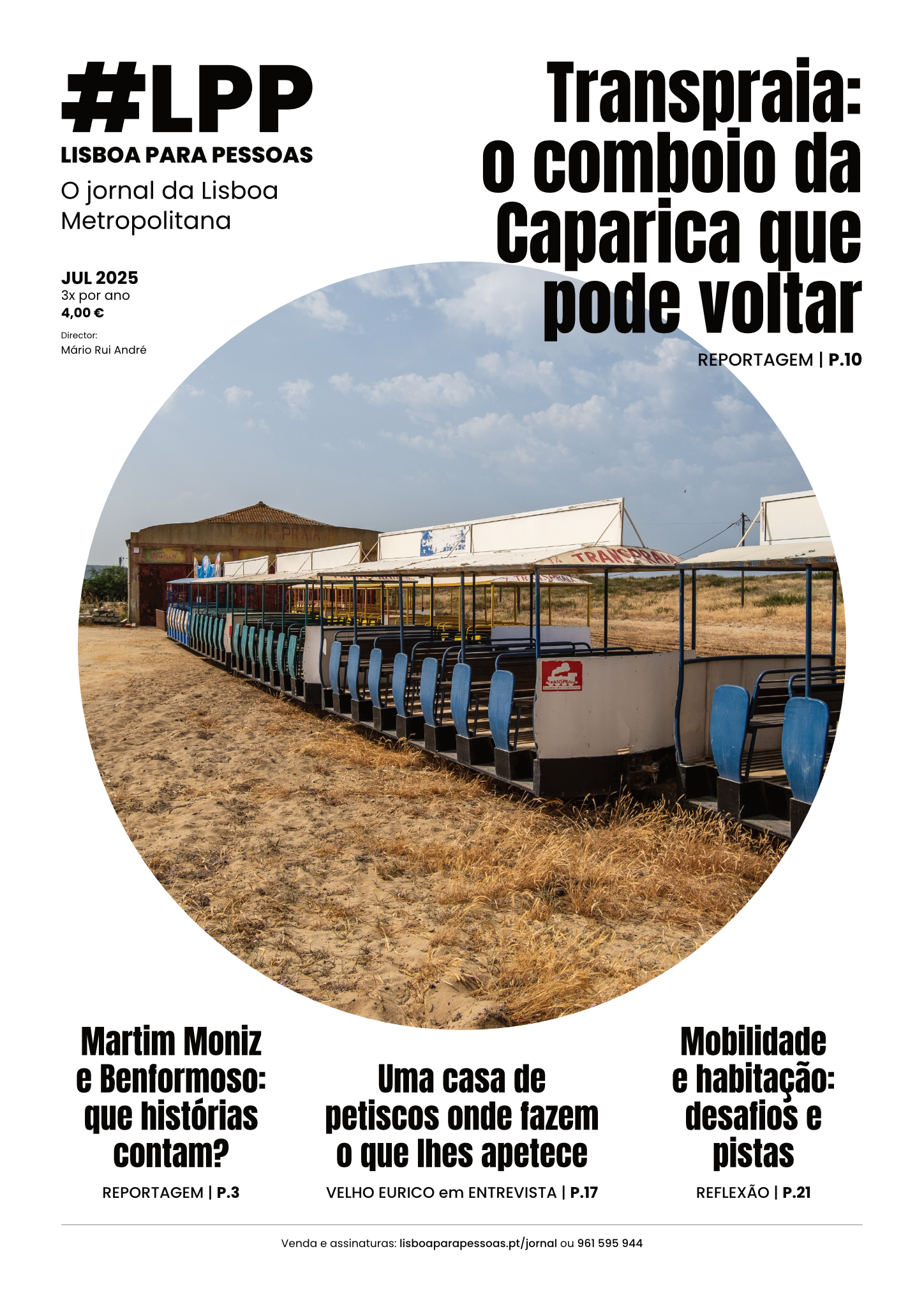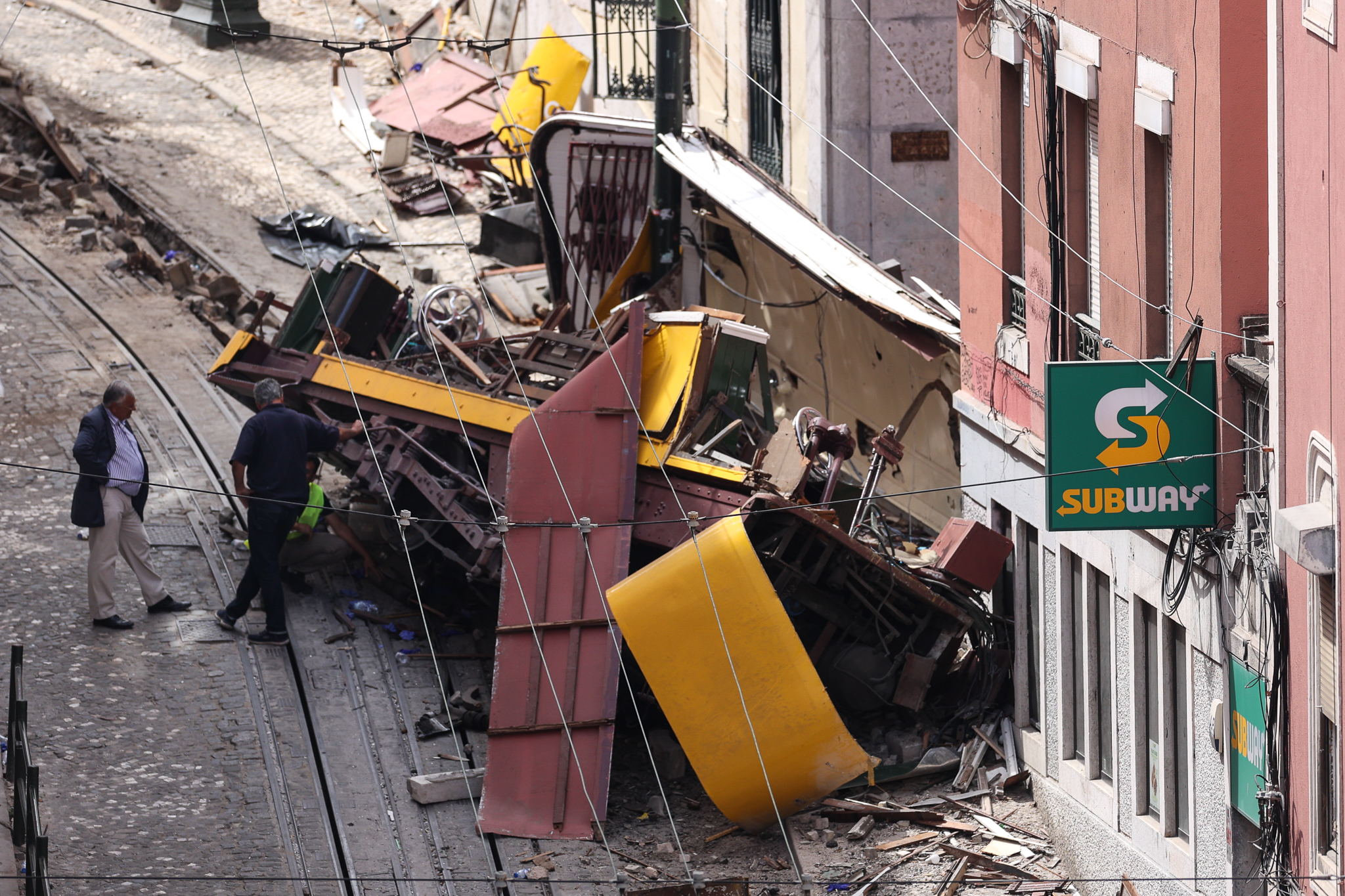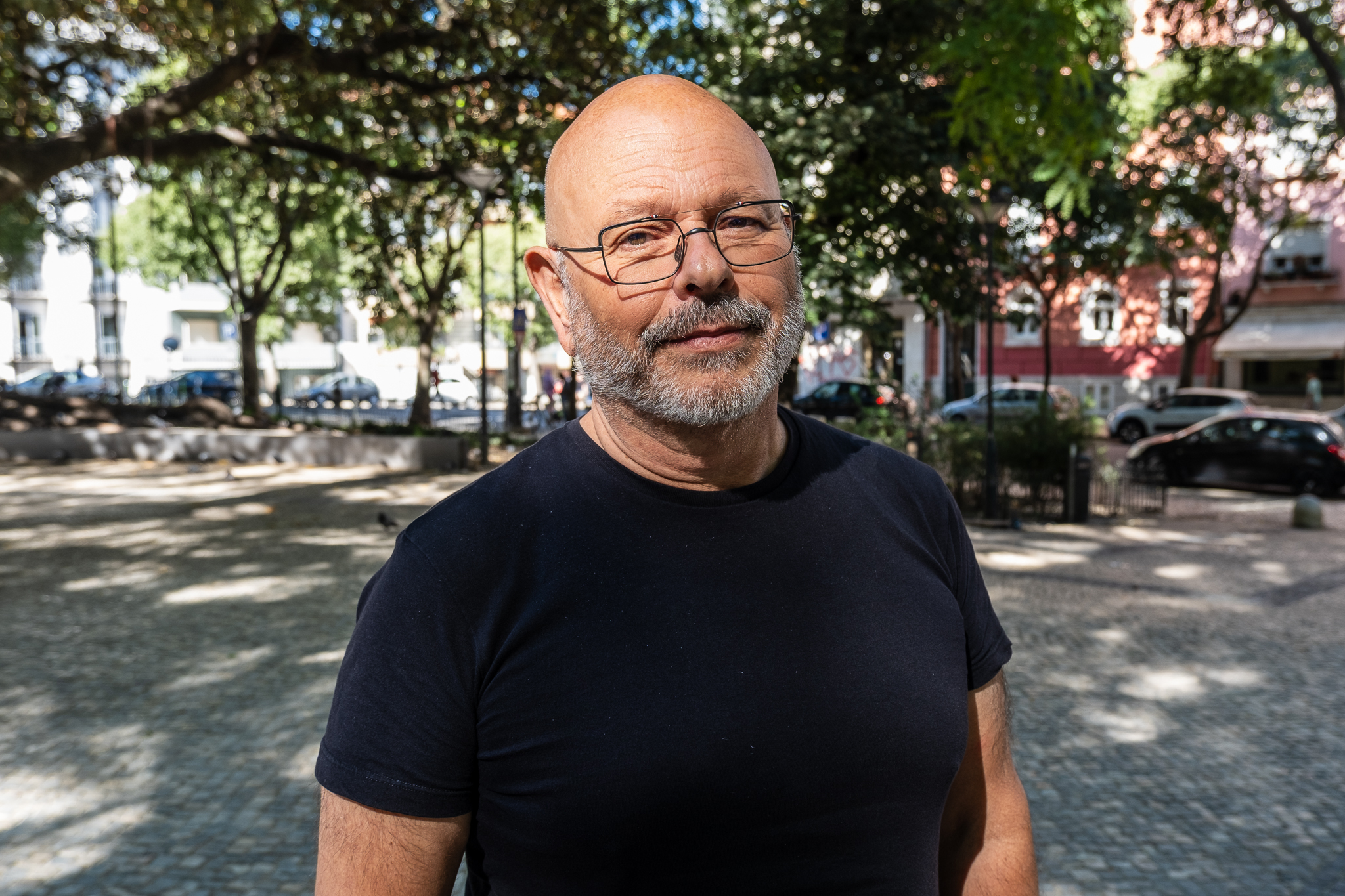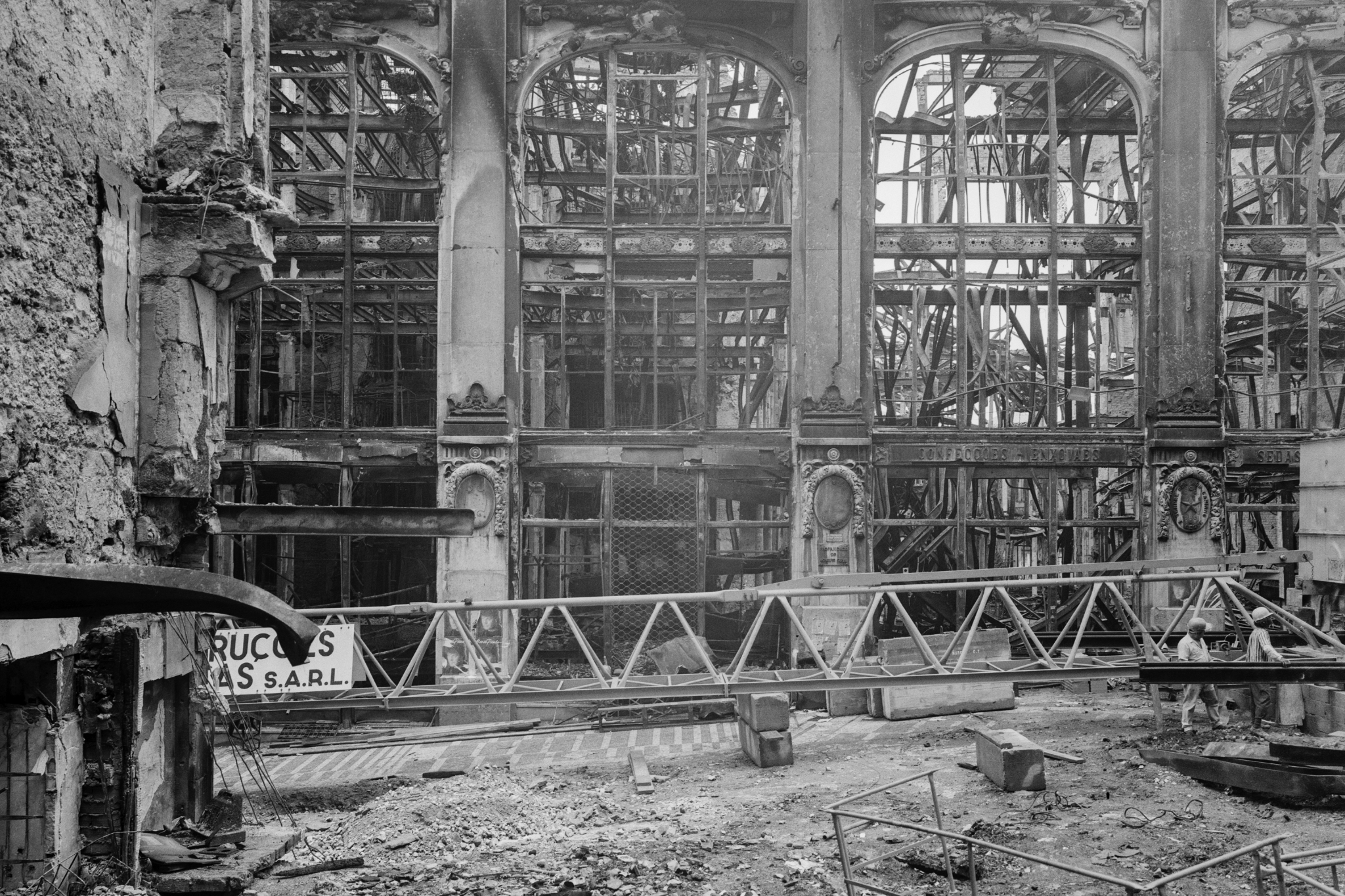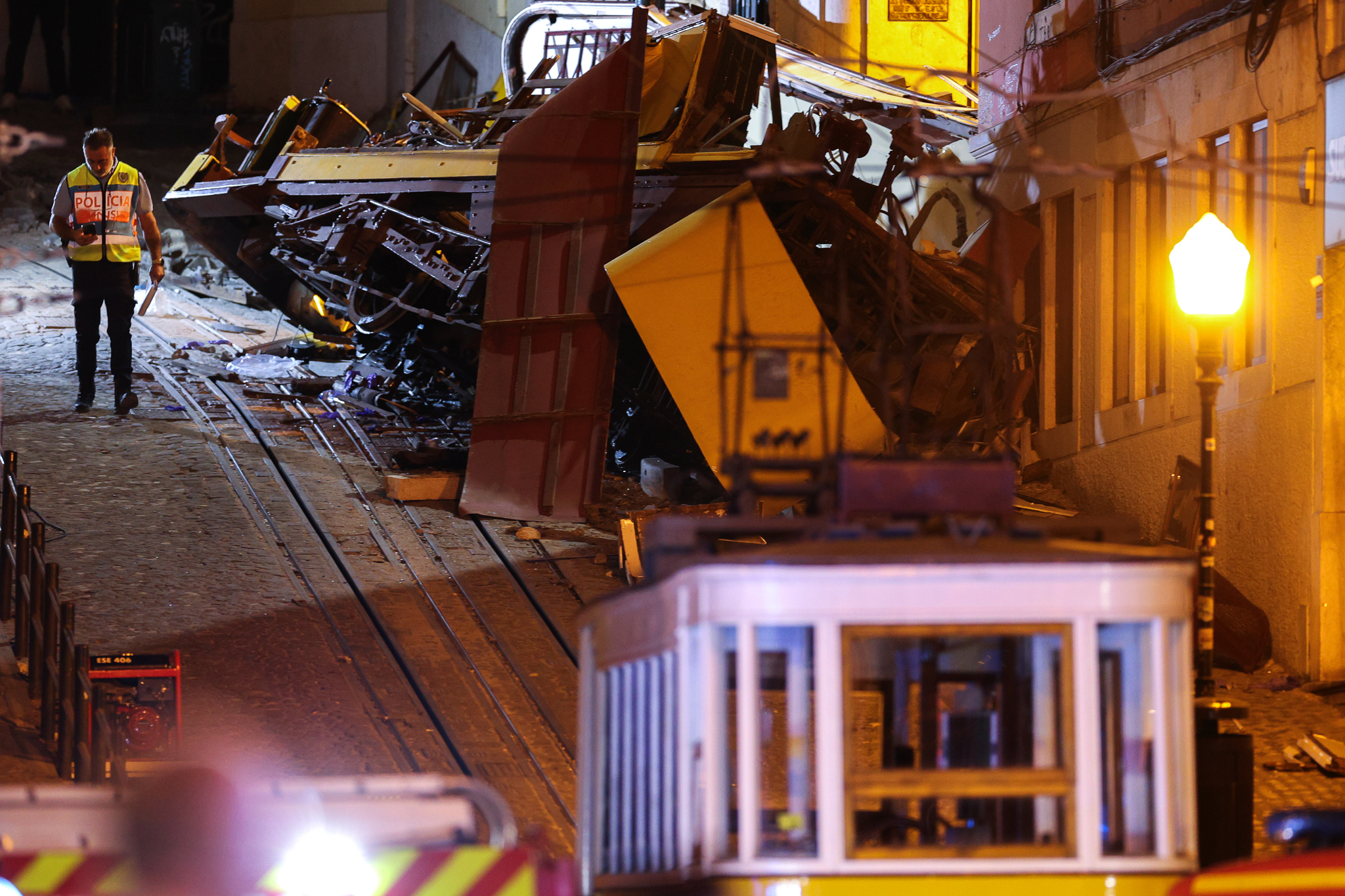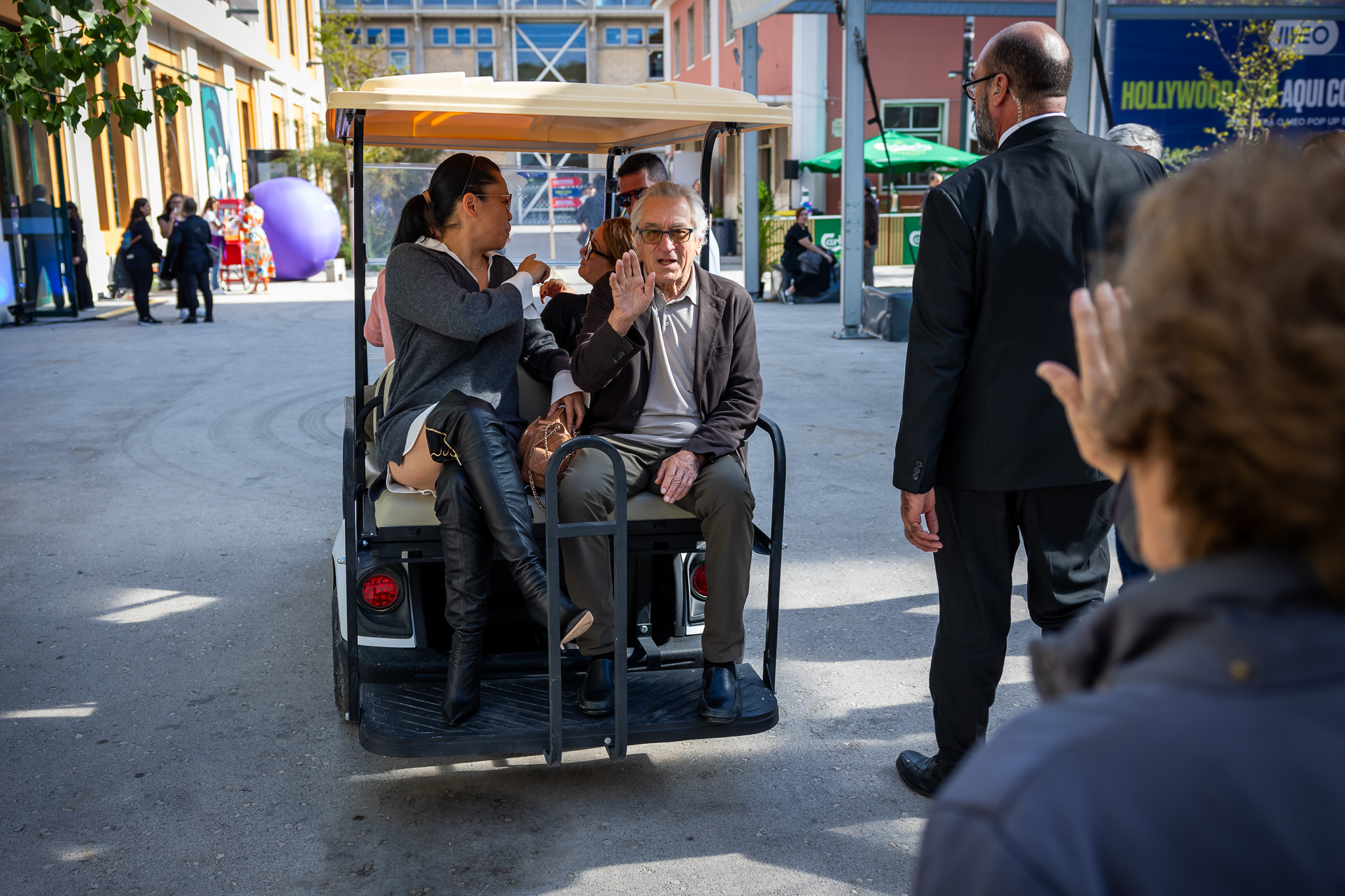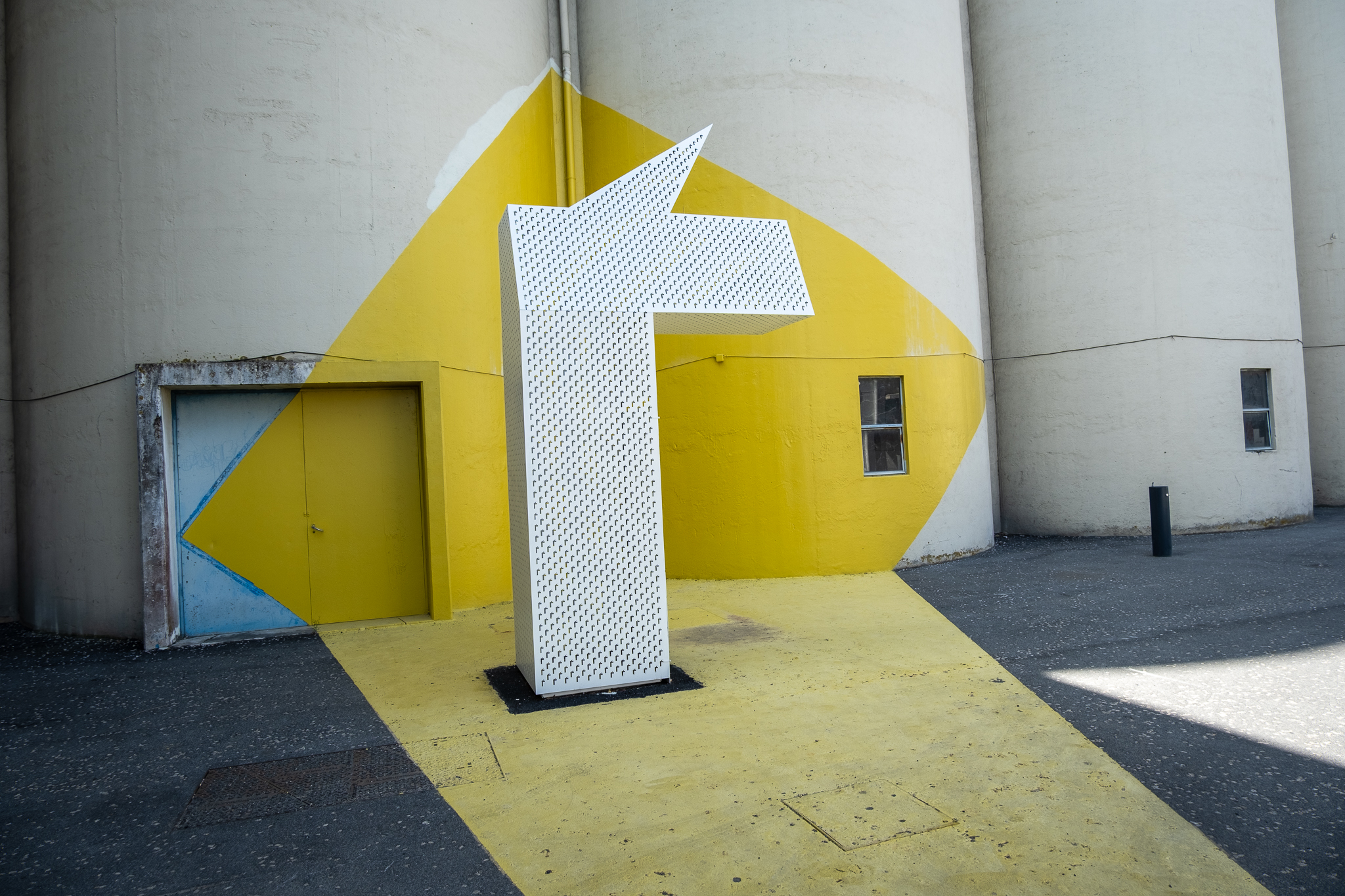It is Lisbon's Central Axis, between Entrecampos and Marquês de Pombal, to receive SIM.Lx, the new "Lisbon Intelligent Mobility System" that has been implemented by the city.

EMEL is modernizing the traffic light network in the so-called Central Axis of the city of Lisbon, between the Entrecampos traffic circle and the Marquês de Pombal traffic circle. According to the company, the interventions are planned to take place during the month of August, in order to minimize the constraints on circulation.
The work will take place in phases, with the modernization of two to three intersections of the Central Axis per week, affecting the Rotunda de Entrecampos, Avenida da República, Saldanha, Avenida Fontes Pereira de Melo and Rotunda do Marquês de Pombal. There will be no changes in traffic circulation, only the traffic lights at the intervening intersections will be turned off.
The upgrade at each of the intersections will take place on a single day, with the work period varying according to the complexity of the intersection. During these periods, the traffic will be regulated by the Municipal Police, in order to ensure the safety of all parties involved and to mitigate traffic disturbances and pedestrian and cycling crossings.
What is this modernization?
In the scope of the transfer of competencies in the area of traffic light infrastructure management in the city of Lisbon, EMEL became responsible for the modernization of its entire infrastructure. In 2021, EMEL started to implement a new central traffic management system in the city of Lisbonthat allows traffic to be managed in an integrated and dynamic way. O SIM.Lx - Lisbon's Intelligent Mobility Systemwhich has been progressively replacing the Gertrude system, will allow, through the centralization of all the city's intersections, a real time response to programmed actions - such as road closing or road works - or random events - such as accidents -, according to the implementation of strategies that best fit the reality of the moment in question.
The traffic light management of the BUS corridors, essential for the prioritization of public transportation and/or emergency vehicles, is another feature that this new system will integrateIt is now possible to obtain data from environmental sensors and act accordingly, i.e. minimize the impact of road pollution on the city's health.
Could there be improvements for pedestrian and cycling mobility?
It is too early to answer that question. When questioned by Lisboa Para Pessoas about the subject, EMEL explains that the intervention underway "will maintain programming similar to existing programming" - that is, no changes are foreseen in the waiting times for pedestrians and cyclists. However, as soon as the 100% is operational, the SIM.Lx "will enable a more dynamic, predictive and integrated management of the semaphore network", with data collection that will make it possible to analyze and improve the different intersections.
"At that time"EMEL explains that a possible change in the times for pedestrians and cyclists along the Central Axis "could be evaluated, considering the optimizations that best fit the demands of the different mobility modes".
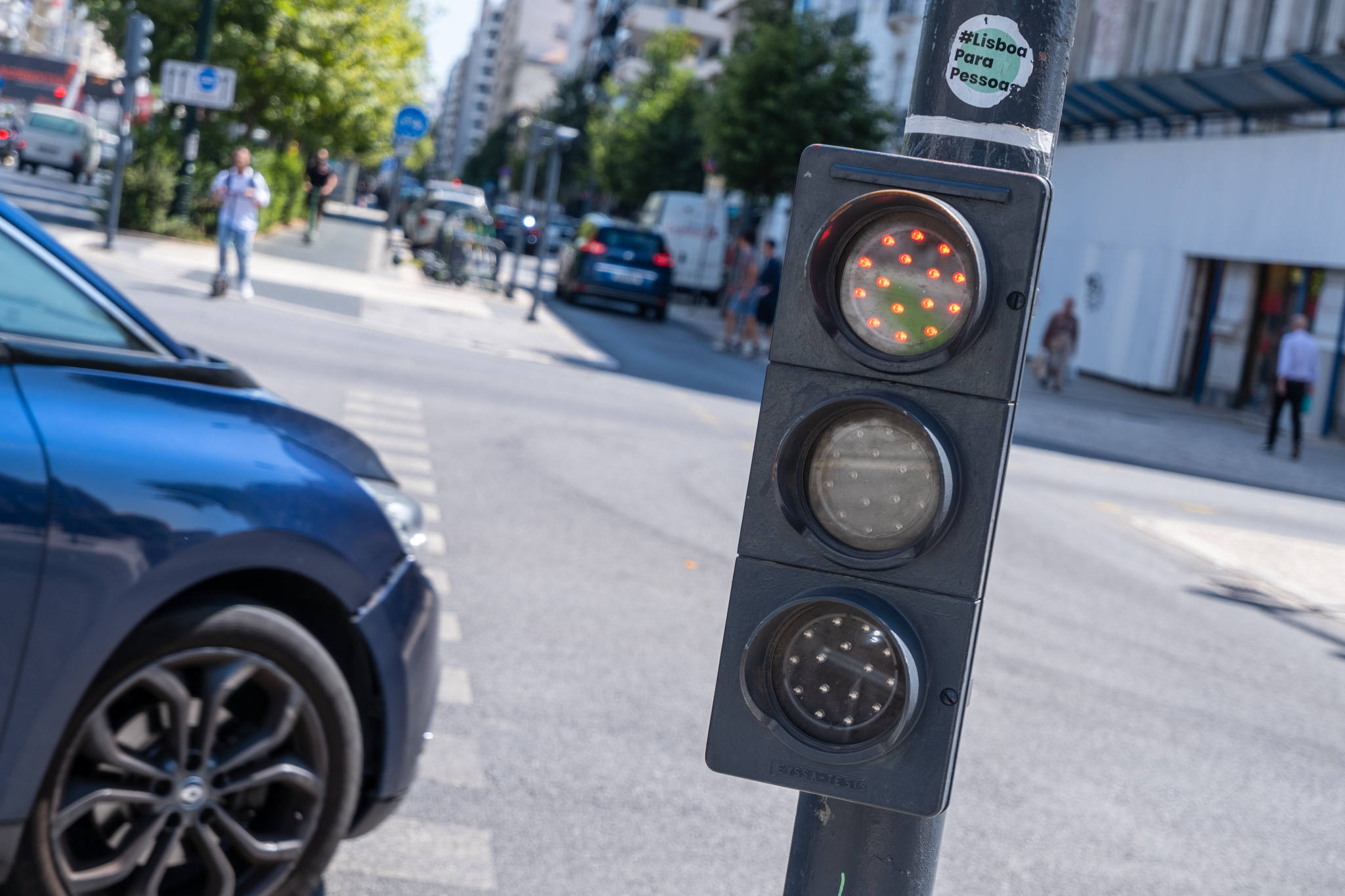
The Avenida da República bike path, which is part of the Central Axis, is the busiest bike path in the city and in the country, according to data from the public accountants; however, at two intersections priority is currently given to cars and other vehicles coming in the main lanes of the Avenue and needing to turn right, crossing the bike lane, to access the right side lane of the Avenue. At these two crossings - one in the Campo Pequeno area and the other at the intersection of Avenida Miguel Bombarda - cyclists (and also cars on the side lane) are asked to wait at a red light. Many people, impatient, risk crossing.
Also at the Entrecampos traffic circle it is difficult to cross a few meters at once, since cyclists will have to wait at least three times at traffic lights to pass from Avenida da República to Jardim do Campo Grande or vice-versa.
